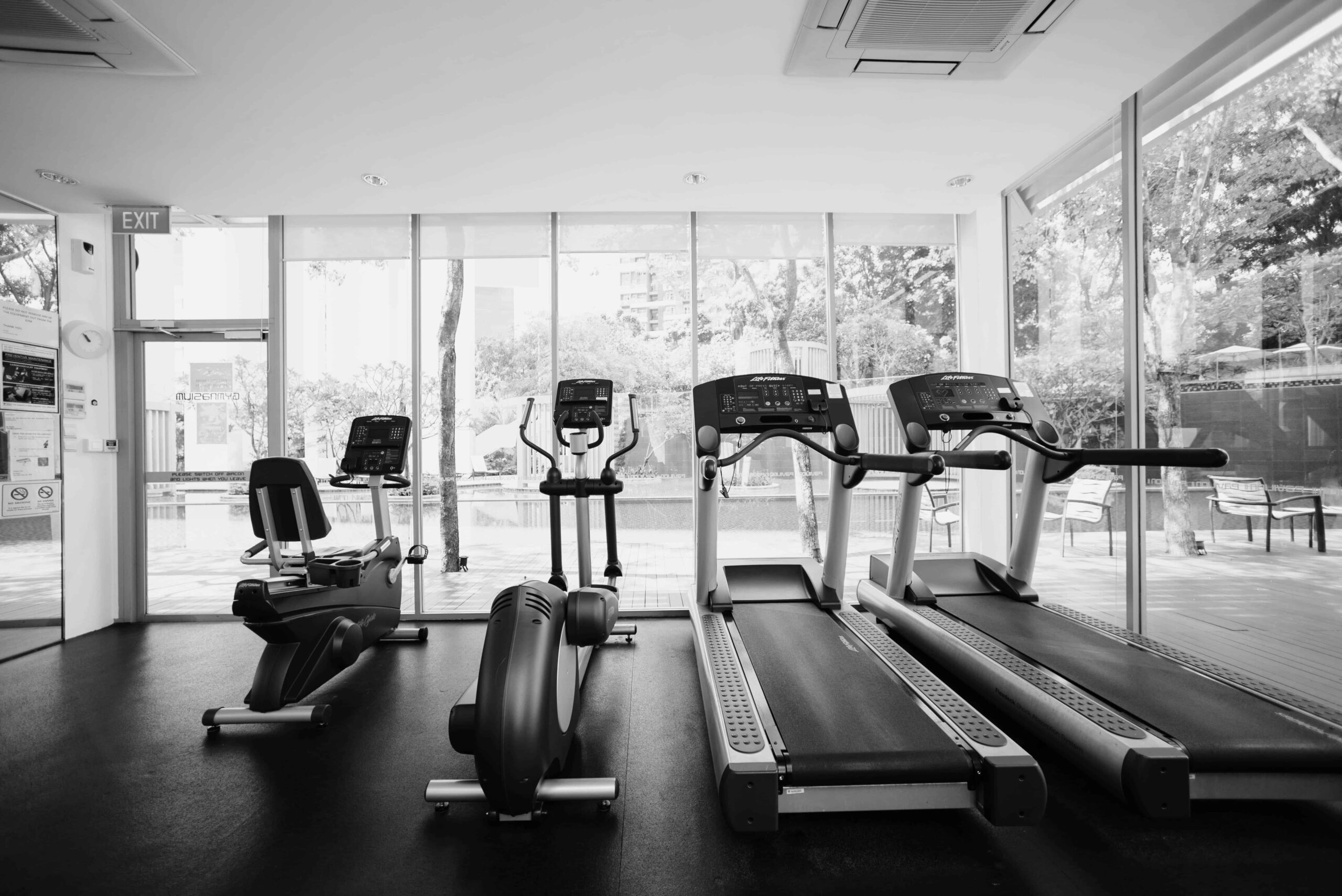Sometimes, the most average – even mundane – of everyday activities, such as checking into a hotel or pulling luggage through an airport terminal, can get me thinking about why the Mind-Eye Institute stands apart from most other optometric practices. In the latest instance of revelation, I was exercising on a treadmill and took specific note of how my walking speed depended on various internal and external physical variables.
Case in point: When wide awake, a treadmill setting of one mile per 15 minutes is comfortable. If tired, I must ratchet down the rate to a more comfortable 20-minute mile. Other variables also are at play, impacting my rate of speed. As the incline of the treadmill increases, so do my effort and expended energy. Meanwhile, the computerized dashboard on the equipment indicates my heart rate is rising. The changing mathematical relationships between heart rate, level of incline and speed also affect the number of calories burned and distance traveled.
Initially, my heart rate rose higher at low inclines and slower speeds. Today, following a couple months of treadmill walking, my energy expenditure is more efficient. Heart rate remains lower, even though incline and speed go up.
So, how does this all relate to the Mind-Eye Institute?
In our practice, we use a dashboard to track internal and external relationships and variables, measuring patient effort, awareness of surroundings and ability to maintain a balanced posture without squirming or leaning. Rather than continuing to rely on the 20th century viewpoint that conscious control of eye movements, like aiming at a stationary object, is of primary importance, we are now examining the role of patient eye movements that are beneath conscious control but critical for maintaining attention and concentration. We are looking at ranges of comfort and ability to maintain comfort, rather than one measurement of how well a patient can see a non-moving letter when seated.
The founders of neuro-developmental optometry postulated that thinking and moving – mind and body – are linked. Seventy-five years later, we are quantifying this theory, using electroencephalogram (EEG) tests and eye-tracking technology. At the Mind-Eye, we are even starting to work with a virtual-reality company, tracking and studying eye movements in a virtual environment.
Patients who typically come to Mind-Eye have visual processing disorders. These disorders oftentimes manifest themselves in a range of symptoms – from learning and attention problems, including an inability to read and concentrate, to problems with spatial awareness, social communication and interaction, constant stress, anxiousness, apathy, mood swings, even physical issues like headaches, dizziness, imbalance and nausea.
Visual processing goes far beyond the standard central-eyesight system of seeing with 20/20 clarity. The term refers to the ability of the brain to process and interpret environmental signals, including those passing through the retina, which is a piece of brain tissue – thereby enabling us to understand and react appropriately to the world around us.
Not only are most of us unaware of how critical visual processing is for nearly every system in the body, we tend to take this processing for granted – that is, until it is disrupted by brain injury, stroke or neurological disorders like post-traumatic stress syndrome. Symptoms of visual processing systems that are under-developed or thrown out of synchronization can have a severe impact on quality of life.
What makes Mind-Eye optometrists special is that they use advanced scientific techniques to measure – and diagnose — what is unbalanced or disrupted among a patient’s many visual processing systems and associated internal physical systems. The doctors then prescribe the proper mix of filters, lenses and/or prisms – therapeutic eyeglasses that we call ‘Brainwear™’ – to readjust a patient’s visual processing and eye-ear integration. We are actually measuring the various nervous systems’ reactions to lighting changes in terms of awareness and concentration.
Back to the treadmill.
As we move closer to the year 2020, the Mind-Eye Institute is working toward leaving the old 20/20 eye-clarity standards where they belong – in the 20th century. We want patients to realize that they can take back control of their environment – not be subject to it. Just as, on a treadmill, we can alter speed or incline up or down to enhance comfort and tolerance, so, too, patients can learn how to expand comfort and tolerance ranges in visual processing, thus enhancing their spatial awareness and regaining balance in their lives.
Accolades to Dr. Nast
On a lighter note, let me give a quick shout-out to one of our optometrists – Daniel Nast Jr., OD, who was just presented the prestigious President’s Award by the American Optometric Association (AOA) for 77 years of distinguished service and performance in the field of optometry. Dr. Nast turned 100 years old earlier this year but continues to see patients three times a week. As for retirement, “what’s that?” he asks, as he continues reading the latest research articles to remain up to date on advancements in optometry.
In presenting the award, AOA President Barbara Horn, OD, said that Dr. Nast has witnessed firsthand the immense changes that the optometric profession has undergone as technology and research have advanced. The profession has gone from frames and lenses and eye-aiming at letters and numbers on a chart to 21st century brain processing evaluations – a concept Dr. Nast was advocating as far back as the 1950s.
Hope you enjoy this issue of the Mind-Eye newsletter. Remember, you are encouraged to contact our Institute if you have questions or need additional information.
Deborah Zelinsky, O.D.
Founder and Executive Director
Mind-Eye Institute

Media
Revelations on a Treadmill
Thinking About Dashboards, Measurements, and the Mind-Eye Institute
